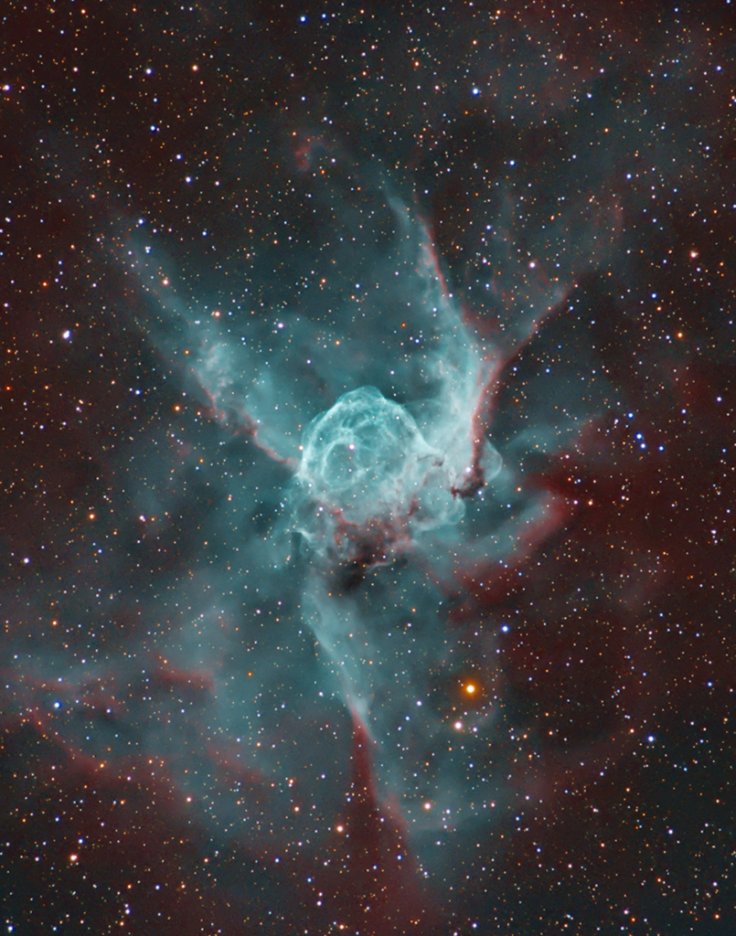The Hubble Space Telescope shared a photo of a massive nebula that was formed by a star which is about to go supernova. Due to the cosmic materials emitted by the star, the shape of the nebula resembles the headgear of the hammer-wielding Norse god, Thor.
Officially named as NGC 2459, the nebula is often referred to as Thor's Helmet due to its distinct shape. This massive cosmic structure is located in the Canis Major constellation and lies about 15,000 light-years from Earth's neighbourhood.
The Nebula's Central Star

The main structure of the nebula was created by the stellar winds emitted by its central star known as Wolf-Rayet. It is initially believed that the star is currently in a pre-supernova stage of evolution. As a star that's just about to go supernova, the Wolf-Rayet is shedding off its outer layers and emitting clouds of cosmic materials such as gas and dust.
According to the European Space Agency (ESA), the Wolf-Rayet star is already very old. Due to its current state, it is losing mass at a staggering space. In fact, the agency noted that in less than a hundred years, the star had already lost mass equivalent to that of the entire Sun. The star's emissions turn into clouds that form into massive cosmic bubbles.
The Norse God's Helmet
As the dying star blows off stellar winds, they interact with other cosmic materials floating around it. This interaction sculpts the clouds produced by the dying star, which creates a unique structure for the nebula. As seen in the photo, NGC 2459's main structure is composed of round bubble-like cloud with streaks of filaments around it. This causes the nebula to appear like a large helmet with wing-like accessories on its sides.
Having such violent inhabitants has influenced NGC 2359's messy shape, the ESA explained in a statement, "The nebula consists of a central bubble surrounded by a tangled web of gaseous filaments, thick channels of dark dust and bright outbursts, where material swept up by the stellar wind has collided with the surrounding gas and triggered rippling shock waves throughout the region."









